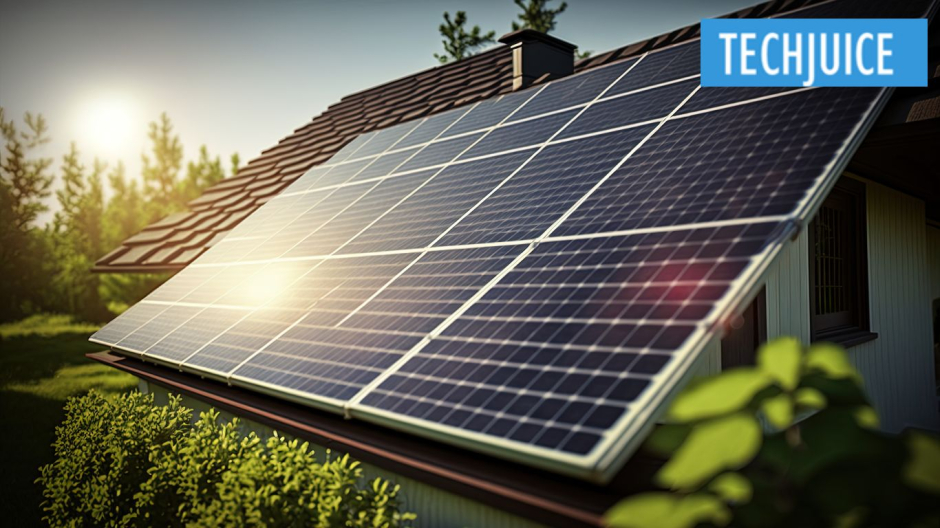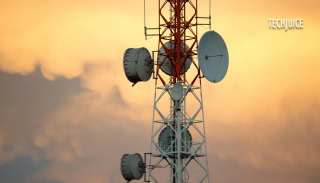The photovoltaic market has expanded its standing in Pakistan to become a key market for China-based PV firms as the country advances its energy transition. The China Photovoltaic Industry Association (CPIA) data also show that Asia has become the largest export market for PV products, and Pakistan has become the second largest export market for modules after Europe.
The inverters exported from China to Pakistan during the first half of 2024 were worth RMB 1.714 billion. For instance, the export of inverters in August was 326 million yuan, a year-on-year growth of 429.04%. This surge is evident across the country, factories, homes, hospitals and even mosques are now all adorned in shimmering blue solar panels.
The increasing exports of photovoltaics and products related to it make it imperative for Pakistan to shift towards new energy sources, China Economic Net highlighted on Tuesday. “Electricity prices continue to rise; thus, people are trying to find their way out,” said Abbas, a Pakistani trader during the Investment and Trade Forum for Cooperation between East and West China.
In June 2023, Pakistan has an installed solar power capacity of 630MW which is only 1.4% of the total power generation capacity of Pakistan which shows that there is a lot of scope for advancement in this sector. These natural conditions are evident by the World Bank’s Global Solar Atlas which shows that a 1KW household PV system in Balochistan produces an average output of 1990 kWh per year, 41% more than New Delhi, India, and 59% more than Shandong Province, China.
On the policy front, the government of Pakistan has been quite active in promoting RE by targeting to increase the share of renewable and alternative energy in the electricity mix to 20% by 2025 and 30% by 2030. The Integrated Generation Capacity Expansion Plan (IGCEP) presented by the National Electric Power Regulatory Authority (NEPRA) reveals that Pakistan’s installed PV capacity is poised for a massive expansion soon. Forecasts show that the PV capacity will be at 12.8 GW by 2030 and 26.9 GW by 2047. To meet these targets, an average installation of 1.65 GW for 2030 and 1.07 GW for 2047 will be required.
Companies in Pakistan are now increasingly opting for cheap Chinese solar panels to install on factory rooftops. “Every bit of space I have, even if it’s a few feet, I want it covered in solar panels,” said Khawaja Masood Akhtar, the CEO of Forward Sports, the global largest football manufacturing company. His company has managed to raise the use of solar energy to 50% in the last two years and intends to reinvest part of the profit of the last year to import more solar panels from China so that the percentage of solar energy in operations will be 80% next April.












